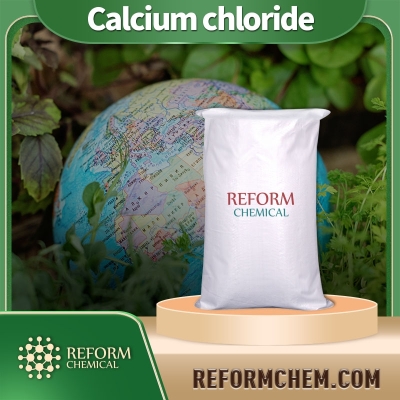-
Categories
-
Pharmaceutical Intermediates
-
Active Pharmaceutical Ingredients
-
Food Additives
- Industrial Coatings
- Agrochemicals
- Dyes and Pigments
- Surfactant
- Flavors and Fragrances
- Chemical Reagents
- Catalyst and Auxiliary
- Natural Products
- Inorganic Chemistry
-
Organic Chemistry
-
Biochemical Engineering
- Analytical Chemistry
-
Cosmetic Ingredient
- Water Treatment Chemical
-
Pharmaceutical Intermediates
Promotion
ECHEMI Mall
Wholesale
Weekly Price
Exhibition
News
-
Trade Service
Ibandronate is a bisphosphonate drug that is commonly used to treat osteoporosis and other conditions that affect bone health.
In the chemical industry, ibandronate is also used as an intermediate in the production of other pharmaceuticals, and it is an important raw material for various chemical processes.
In this article, we will explore the upstream and downstream products of ibandronate and how they are used in the chemical industry.
Upstream Products
The production of ibandronate starts with the manufacture of its raw materials.
The main raw material used in the production of ibandronate is aluminum hydroxide, which is extracted from alumina.
Other raw materials used in the production of ibandronate include benzyl alcohol, cetylpyridinium chloride, and hydrochloric acid.
These raw materials are then processed to produce the intermediate products that are used in the production of ibandronate.
Intermediate Products
One of the intermediate products in the production of ibandronate is the HCl hydrate form of the drug.
This intermediate is produced by treating a mixture of ibandronic acid and hydrochloric acid with aluminum chloride.
The HCl hydrate form of the drug is then treated with sodium hydroxide to produce the anhydrous form of the intermediate.
This intermediate is then further processed to produce the final product, which is ibandronate sodium.
Downstream Products
Ibandronate sodium is the final product produced from the production process, and it is used as a pharmaceutical drug for the treatment of osteoporosis and other bone-related diseases.
The drug is typically administered orally, either as a tablet or a solution, and it works by inhibiting the activity of osteoclasts, which are cells responsible for breaking down bone tissue.
By inhibiting the activity of osteoclasts, ibandronate helps to maintain the integrity of bone tissue and prevent fractures.
In addition to its use as a pharmaceutical drug, ibandronate is also used as an intermediate in the production of other pharmaceuticals.
For example, the drug can be converted into its free acid form using hydrochloric acid, and this acid can be used as an intermediate in the production of drugs that are used to treat conditions such as rheumatoid arthritis and plaque psoriasis.
Chemical Processes
In addition to its use in the pharmaceutical industry, ibandronate is also used in various chemical processes.
For example, the drug can be used in the production of detergents, where it is used to improve the stability and performance of the detergent.
Ibandronate can also be used in the production of ceramics, where it is used as a source of aluminum oxide, a key component of ceramic glazes.
In conclusion, ibandronate is a versatile chemical that is used in a variety of applications in the chemical industry.
From its use as a pharmaceutical drug to its role as an intermediate in the production of other chemicals, ibandronate plays an important role in the chemical industry.
By understanding the production process of ibandronate and its applications in the industry, it is possible to appreciate the importance of this chemical and its potential as a raw material for various chemical processes.







